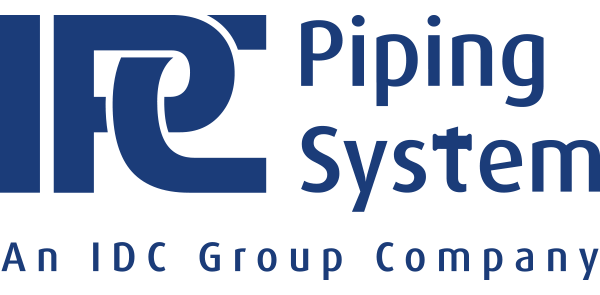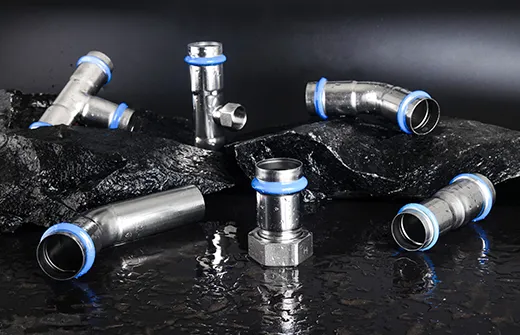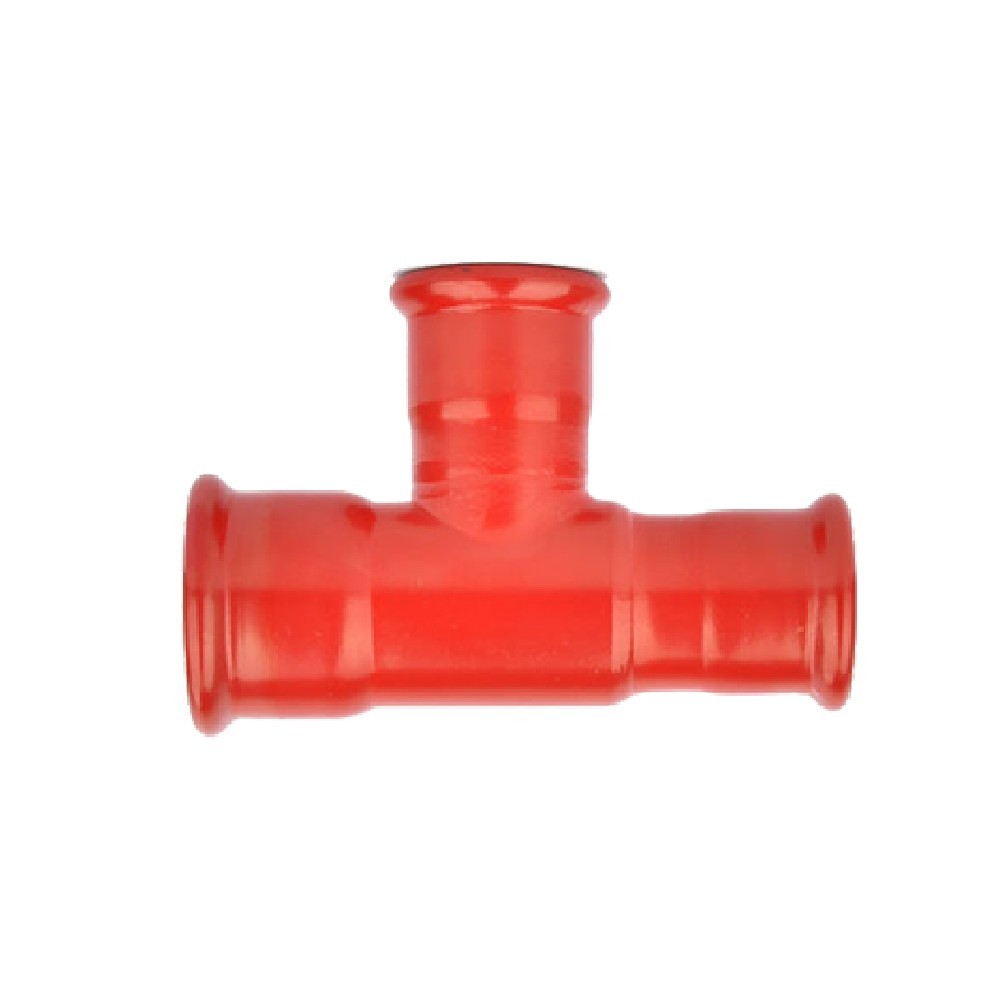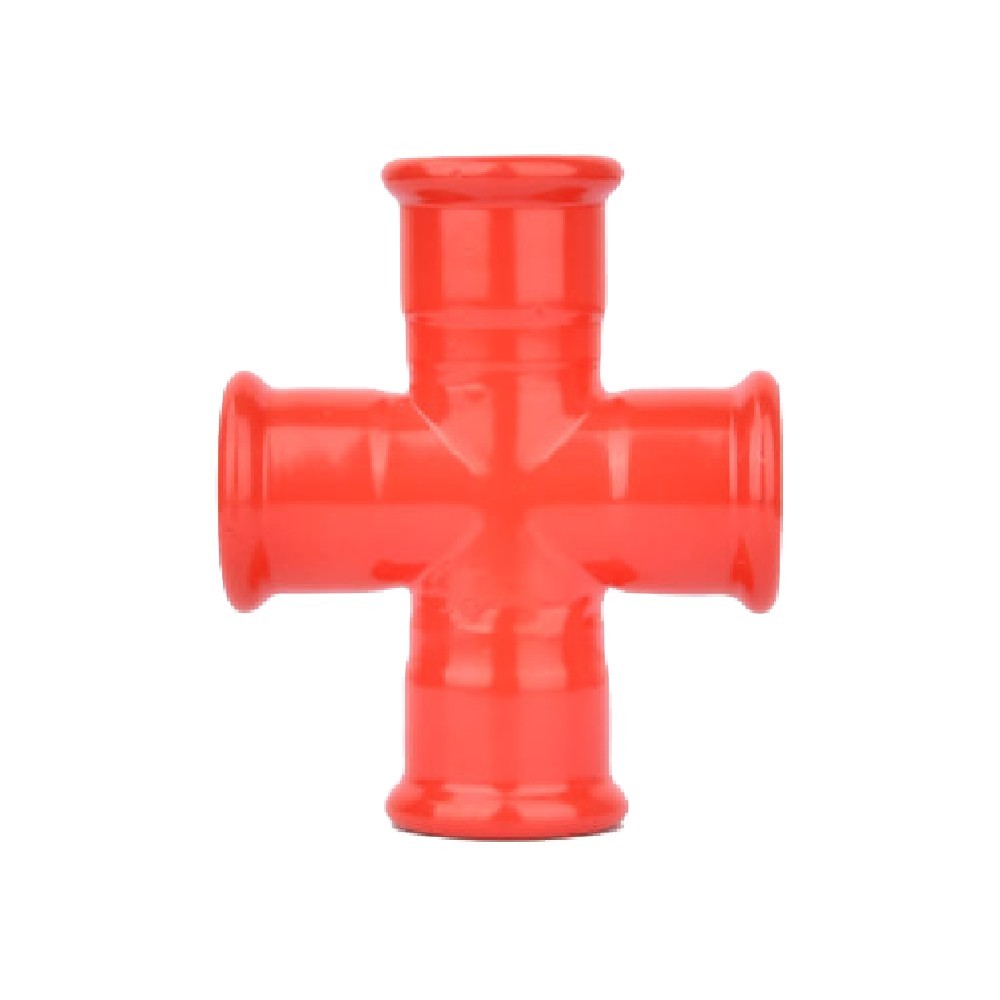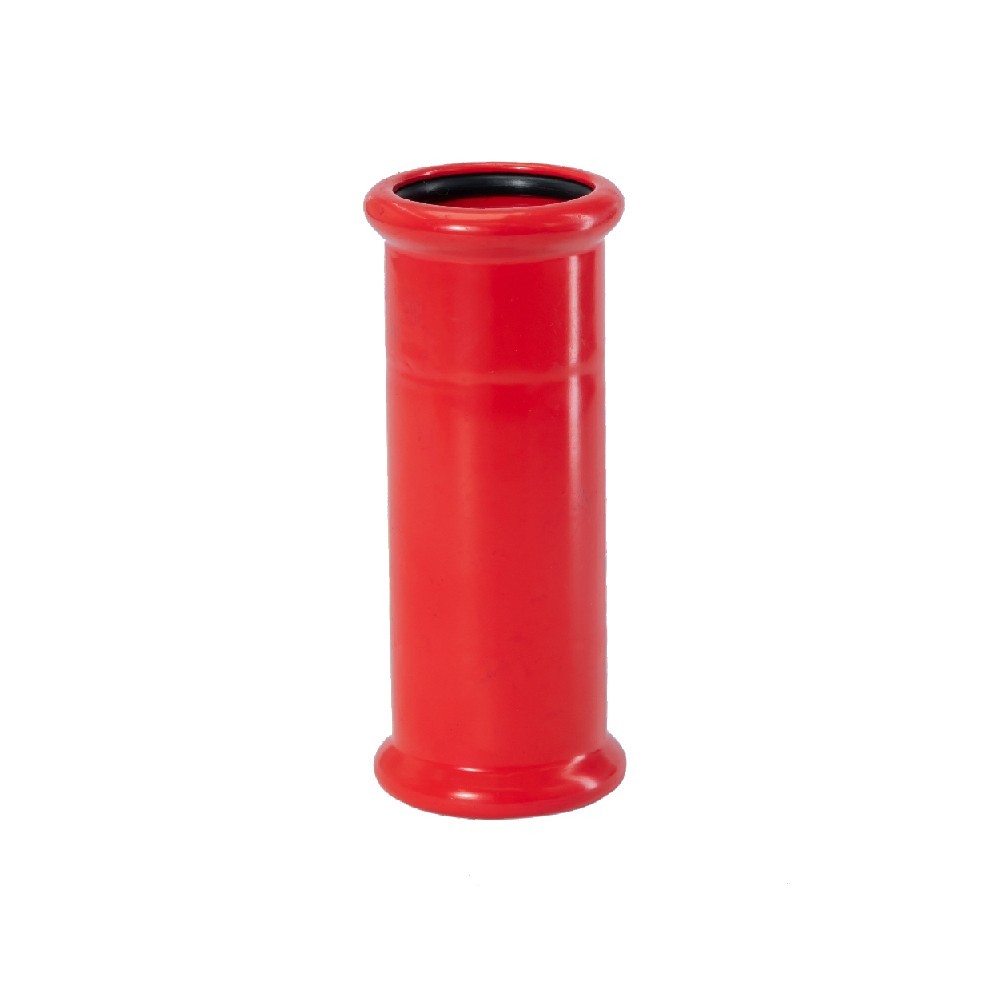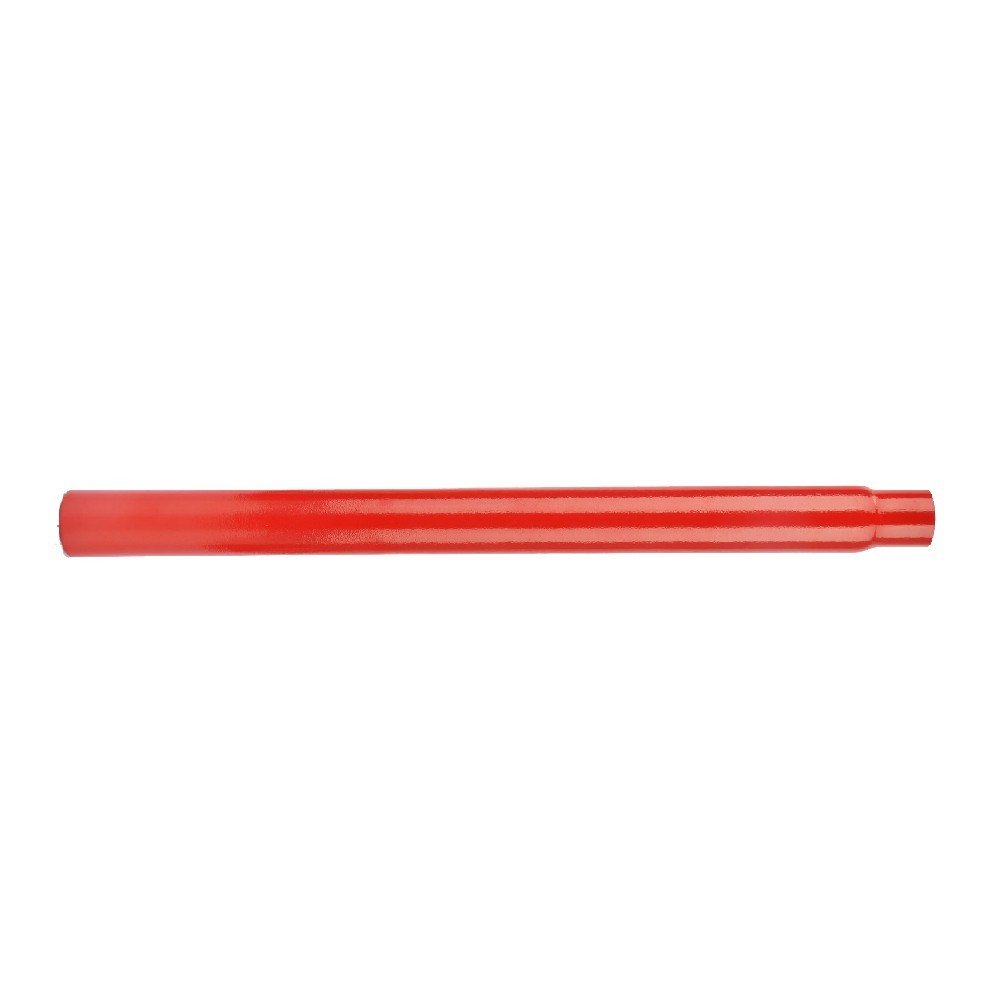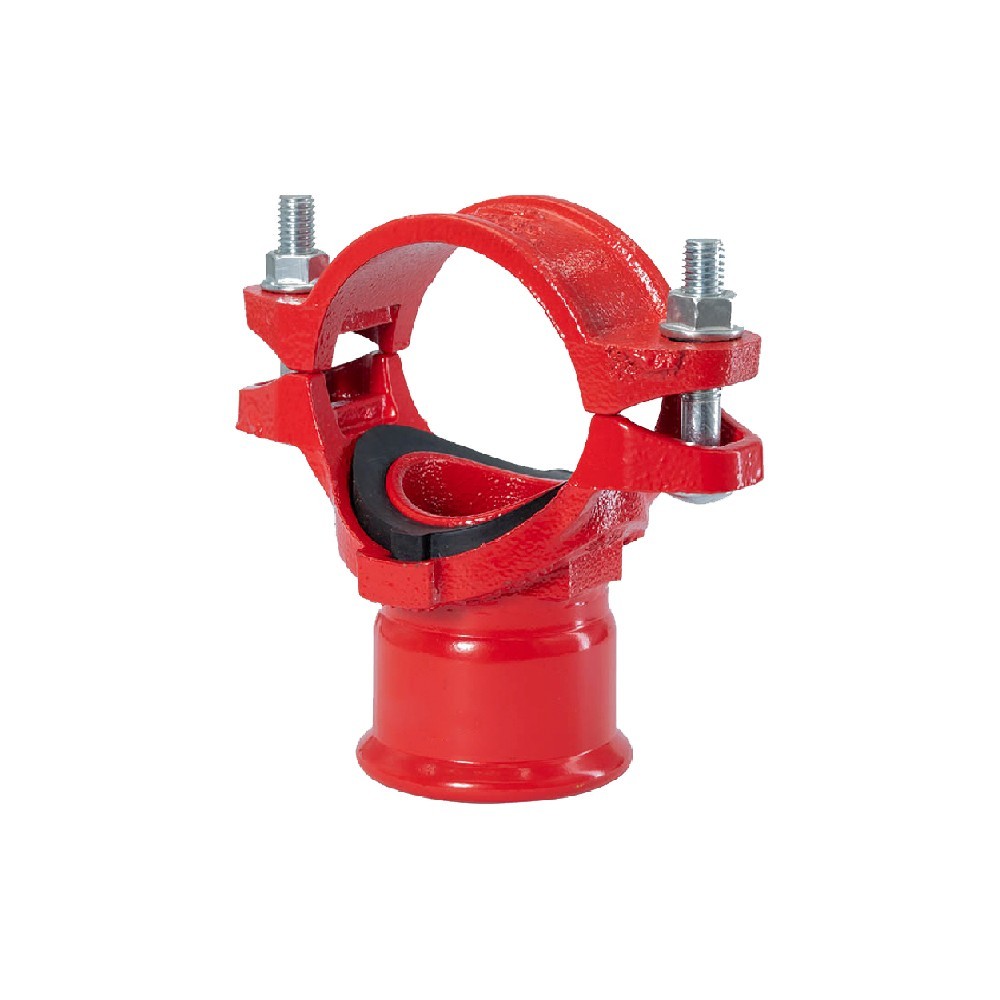Understanding the Benefits of 45° Obtuse Equal Elbows in Construction
May 23,2025
Understanding the Benefits of 45° Obtuse Equal Elbows in Construction
In the world of construction and architectural design, every component plays a vital role in ensuring the structural integrity and functionality of a project. Among these components, 45° obtuse equal elbows are key elements that often go unnoticed yet offer significant benefits. This article will explore the various advantages of using 45° obtuse equal elbows, delving into their design, applications, and the overall impact they have on construction projects.
Table of Contents
- What Are 45° Obtuse Equal Elbows?
- Design and Materials of 45° Obtuse Equal Elbows
- Benefits of Using 45° Obtuse Equal Elbows
- Applications of 45° Obtuse Equal Elbows in Construction
- Durability and Maintenance of 45° Obtuse Equal Elbows
- Cost-Effectiveness of 45° Obtuse Equal Elbows
- Installation Considerations for 45° Obtuse Equal Elbows
- Frequently Asked Questions
- Conclusion
What Are 45° Obtuse Equal Elbows?
45° obtuse equal elbows are fittings used primarily in piping systems. These elbows facilitate the change of direction in a pipeline, allowing for an angle of 45 degrees. Unlike standard 90-degree elbows, the obtuse angle provides a smoother transition for the flow of materials, thereby reducing turbulence and improving overall system efficiency. Often made from durable materials such as stainless steel, these elbows are essential in various applications, from plumbing to industrial systems.
Design and Materials of 45° Obtuse Equal Elbows
The design of 45° obtuse equal elbows is critical to their function. The curvature of these elbows is engineered to minimize flow resistance while maximizing the strength and durability of the fitting. Common materials used in the manufacturing of these components include:
- Stainless Steel: Known for its corrosion resistance and strength, stainless steel is a popular choice for construction environments.
- Carbon Steel: This material offers a good balance between strength and cost, making it suitable for many applications.
- Plastic and PVC: For less demanding environments, plastic elbows can provide a lightweight and cost-effective solution.
Benefits of Using 45° Obtuse Equal Elbows
The use of 45° obtuse equal elbows comes with a plethora of benefits, which can significantly enhance construction projects. Here are some of the most notable advantages:
Improved Flow Efficiency
One of the primary benefits of using 45° obtuse equal elbows is improved flow efficiency. The gradual change in direction reduces turbulence and pressure drop, which can lead to enhanced performance in fluid transport systems.
Space Optimization
Space constraints are a common challenge in construction. The design of 45° obtuse elbows allows for effective space optimization, enabling builders to navigate around tight corners and obstacles without compromising system integrity.
Reduced Wear and Tear
With smoother transitions, these elbows reduce wear and tear on pipes, leading to longer-lasting systems. This longevity results in less frequent replacements and maintenance, contributing to overall project efficiency.
Versatility in Applications
45° obtuse equal elbows are incredibly versatile, making them suitable for a wide array of applications, including HVAC systems, water supply lines, and industrial piping. Their adaptability ensures they can meet diverse construction needs.
Applications of 45° Obtuse Equal Elbows in Construction
In construction, the applications of 45° obtuse equal elbows are vast and varied. Here are some key areas where these fittings are commonly utilized:
Plumbing Systems
In plumbing systems, 45° obtuse equal elbows are used to redirect water flow, ensuring efficient drainage and distribution. Their ability to minimize clogs and reduce pressure build-up is invaluable in residential and commercial plumbing.
HVAC Installations
For HVAC systems, these elbows allow for smooth airflow, improving heating and cooling efficiency. Properly designed duct systems with 45° elbows facilitate better air distribution throughout buildings.
Industrial Pipelines
In industrial settings, 45° obtuse equal elbows are essential for transporting various materials, including chemicals and gases. Their durability and resistance to corrosion make them ideal for harsh environments.
Fire Protection Systems
Fire protection systems often utilize these elbows to ensure effective sprinkler and water supply lines. The enhanced flow characteristics help maintain pressure in firefighting systems.
Durability and Maintenance of 45° Obtuse Equal Elbows
Durability is a critical consideration when selecting construction components. 45° obtuse equal elbows made from high-quality materials such as stainless steel or carbon steel exhibit excellent durability, even in challenging environments. Regular maintenance of these fittings can further enhance their lifespan:
Inspection and Cleaning
Regular inspections and cleaning can help identify potential issues such as corrosion or blockages. Ensuring that the elbows remain free from debris will help maintain optimal flow conditions.
Replacement
In cases where wear is evident, timely replacement of 45° obtuse equal elbows will prevent larger problems from developing within the system. Establishing a maintenance schedule can help ensure that all components remain in good condition.
Cost-Effectiveness of 45° Obtuse Equal Elbows
When considering the overall budget for construction projects, cost-effectiveness is paramount. The initial investment in 45° obtuse equal elbows may be higher than that of standard fittings, but their long-term benefits outweigh these costs:
Lower Maintenance Costs
Due to their durability and reduced wear, these elbows contribute to lower maintenance costs over time. Fewer repairs and replacements mean that they offer better value for money in the long run.
Increased Efficiency
With improved flow efficiency, construction projects using 45° obtuse equal elbows can save on operational costs. Whether in a plumbing system or an HVAC installation, enhanced efficiency leads to reduced energy consumption.
Installation Considerations for 45° Obtuse Equal Elbows
Proper installation of 45° obtuse equal elbows is crucial for maximizing their benefits. Here are some important considerations to keep in mind:
Proper Alignment
Ensuring that the elbows are correctly aligned is essential for preventing leaks and maintaining flow efficiency. Misalignment can lead to increased wear and reduced performance.
Use of Quality Sealants
When installing these elbows, the use of high-quality sealants will help prevent leaks and ensure a secure fit. This step is vital for maintaining the integrity of the entire piping system.
Frequently Asked Questions
1. What materials are commonly used for 45° obtuse equal elbows?
Common materials include stainless steel, carbon steel, and plastic/PVC, depending on the application and environmental conditions.
2. How do 45° obtuse equal elbows improve flow efficiency?
These elbows provide a smoother transition for the flow of materials, reducing turbulence and pressure drop, which enhances overall system performance.
3. Are 45° obtuse equal elbows suitable for high-pressure applications?
Yes, when made from durable materials like stainless steel or carbon steel, these elbows are well-suited for high-pressure environments.
4. How often should 45° obtuse equal elbows be inspected?
Regular inspections should be part of a maintenance routine, ideally conducted annually or biannually, depending on the system’s usage and conditions.
5. Can 45° obtuse equal elbows be used in residential plumbing systems?
Absolutely! They are widely used in residential plumbing for their efficiency in redirecting water flow and reducing clogs.
Conclusion
In summary, 45° obtuse equal elbows serve as essential components in a variety of construction applications, offering numerous advantages that enhance overall efficiency, durability, and cost-effectiveness. Their ability to facilitate smoother transitions in piping systems cannot be overstated, making them indispensable in plumbing, HVAC, industrial pipelines, and fire protection systems. By investing in high-quality 45° obtuse equal elbows, builders and contractors can ensure the longevity and reliability of their systems, ultimately leading to successful and efficient construction projects. Embracing these fittings not only optimizes performance but also contributes to long-term savings, making them a wise choice for any construction endeavor.
Latest News
